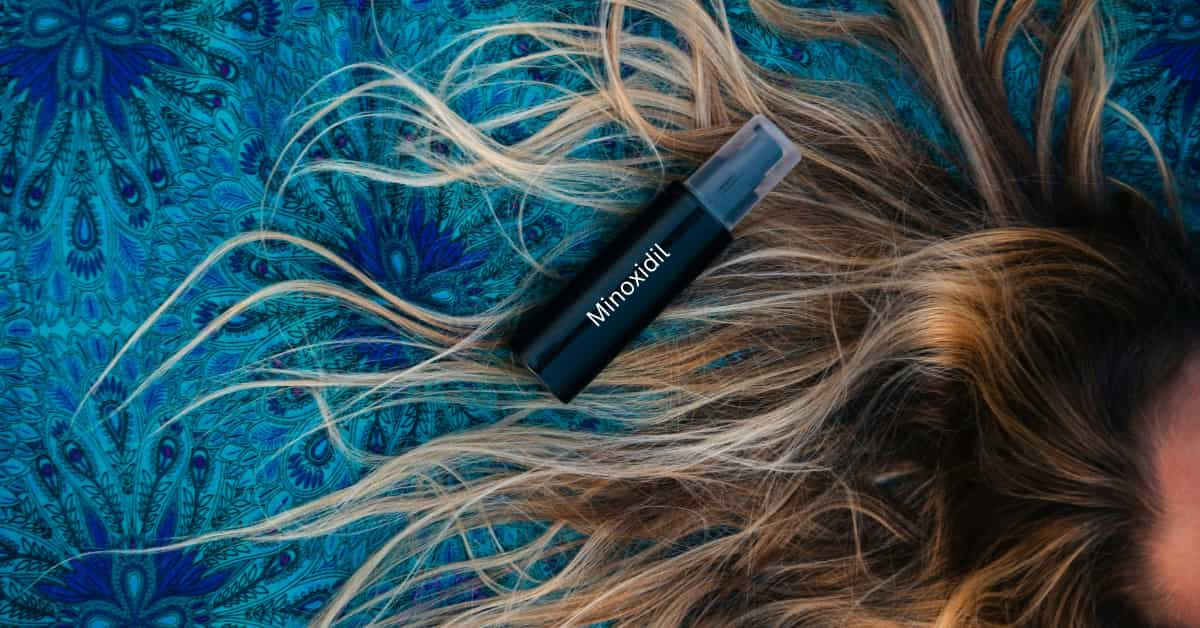Table of Contents
Introduction
Minoxidil is a medication used primarily to treat hair loss, specifically androgenetic alopecia, including male and female baldness. It is available over-the-counter in topical forms such as liquids and foams, commonly in 2% and 5% concentrations. Minoxidil was initially developed as a treatment or therapy for high blood pressure. Still, its side effect of promoting or encouraging hair growth led to its repurposing or remodeling as a hair loss treatment.
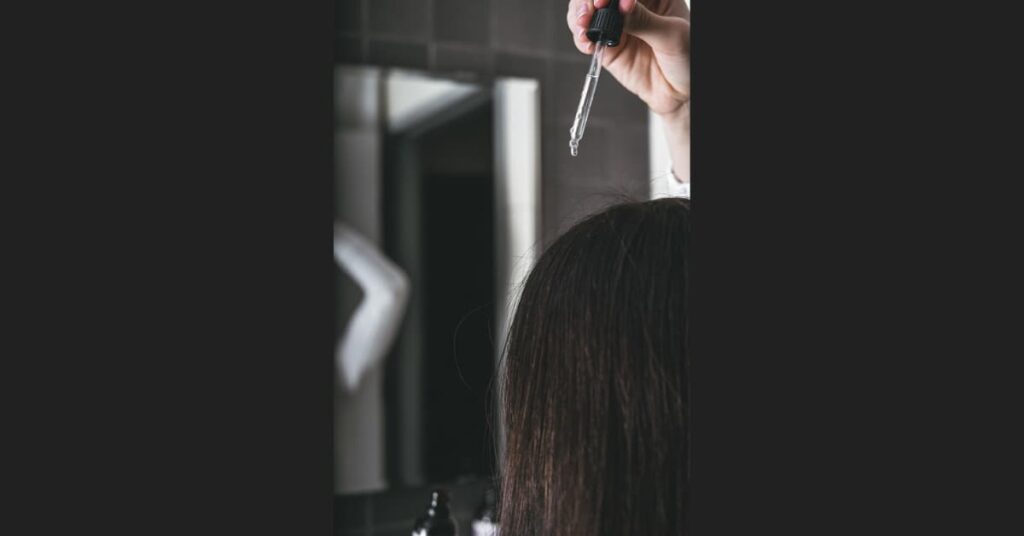
Historical Background
During clinical trials in the 1970s, researchers discovered that one of its side impact was excessive hair growth, known as hypertrichosis. This unexpected outcome further investigated its potential as a hair loss treatment.
By the 1980s, minoxidil had been reformulated for topical use to combat hair loss. 1988, the U.S. (FDA) Food and Drug Administration finalized it as the first drug to promote hair regrowth.
Today, it is still used for lowering blood pressure, but only in some specific cases, since there are currently better medications for blood pressure control. It was observed that patients who were using minoxidil for the treatment of their hypertension were experiencing an increase in hair on their scalp and their bodies. An association was then made between minoxidil and hair physiology, and a topical formulation of minoxidil was developed, which was FDA-approved for treating hair loss in men and women. It is very effective and one of the oldest medications in our hair loss arsenal.
Topical Minoxidil vs. Oral Minoxidil
When people refer to “normal Minoxidil,” they usually talk about Topical Minoxidil (the liquid or foam applied directly to the scalp, commonly known by the brand Rogaine). The other form is Oral Minoxidil (a pill taken by mouth).
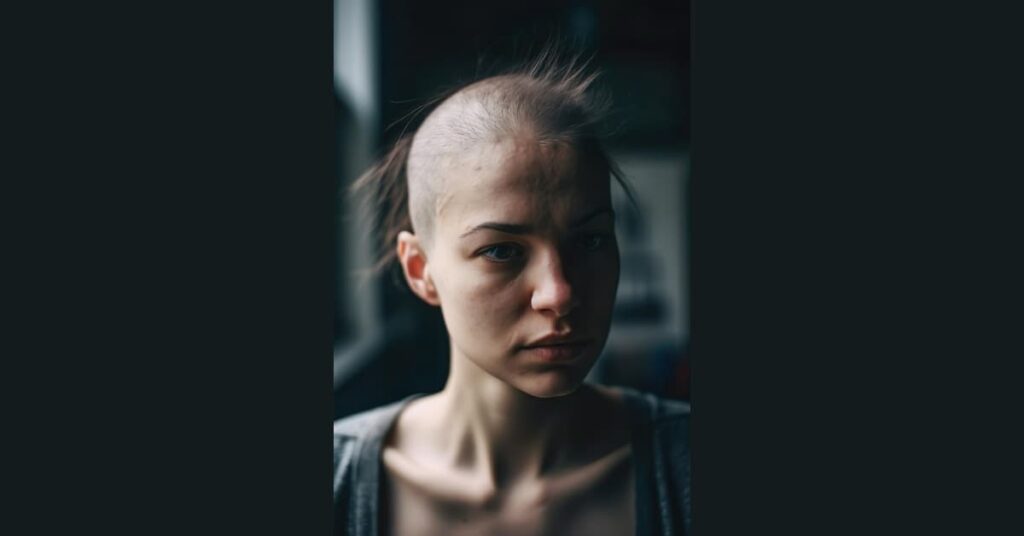
Minoxidil for women
More than 10% of women experience female pattern hair loss by age 50, with the prevalence rising to over 30% by age 70. Doctors have prescribed minoxidil for hair growth in women for decades.
Potential users must understand that while minoxidil effectively reduces hair loss, it does not cure the underlying condition.
Below are the clinical outcomes of using minoxidil for women’s hair loss, as well as the potential side effects of the medication.
Minoxidil works at the root level of the hair follicle. The medication has been found to promote hair follicle activity while strengthening follicles in the affected area. This helps stimulate hair growth (the anagen phase) to stop hair thinning. If you are experiencing concentrated or diffuse hair loss, minoxidil could be essential to your new hair growth plan.
This clinically proven treatment has helped many regain confidence through effective hair regrowth. Minoxidil’s ability to regrow hair is particularly evident in early to moderate hair loss cases.
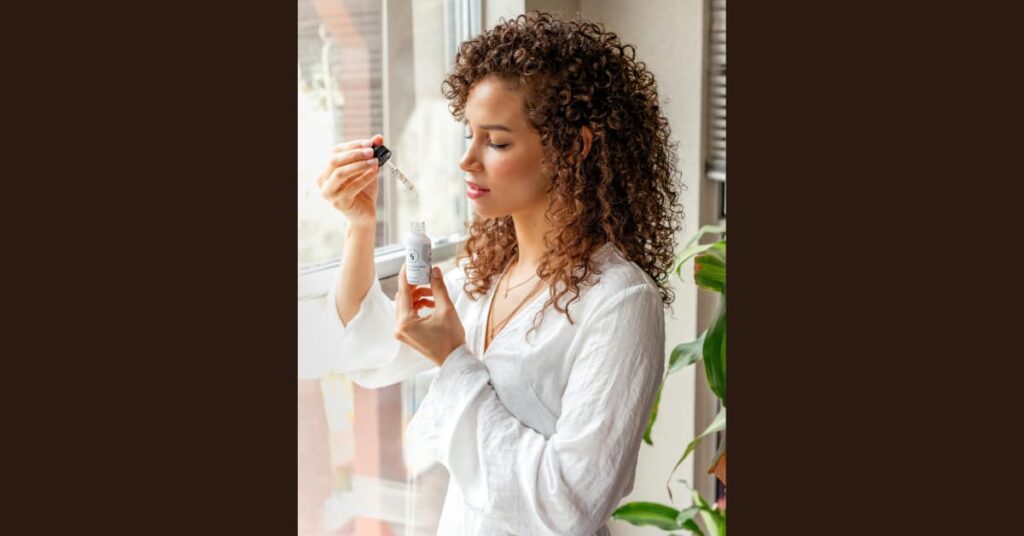
Best minoxidil for women
Before starting any minoxidil, consult a healthcare professional, especially a dermatologist. They will determine the appropriate starting dose (typically very low for the oral form) and monitor you for side effects. According to dermatologists and clinical studies, the best topical minoxidil for women is generally the 5% strength foam, applied once daily.
- 5% Once Daily. Most effective concentration available OTC. Convenient once-a-day application. Lower risk of scalp irritation than the liquid solution because it typically does not contain propylene glycol.
- 2% LiquidTwice DailyLower risk of unwanted facial hair (the traditional choice for women). Lower risk of scalp irritation than 5% liquid.
- 5% Twice Daily Highly effective.
Minoxidil for women: Side effects
Minoxidil is generally considered safe for women, but like any medication, it has several potential side effects. These can be categorized or classified into two main categories: local (scalp/skin) and systemic (whole body).
Here are the most common side effects of topical minoxidil for women and how to manage them:
Common Local Side Effects (On the Scalp/Hair)
These are the most frequent side effects, and most are manageable or temporary.
Scalp Irritation/Itching (Pruritus)
Redness, dryness, scaling, flaking, or itching on the scalp is most often caused by Propylene Glycol (an ingredient in many liquid solutions). Switching to the Minoxidil Foam formulation, which typically does not contain propylene glycol, usually resolves the irritation.
Unwanted Facial Hair (Hypertrichosis)
New or increased growth of fine, dark hair on the face (cheeks, forehead, temples). This is more common in women, especially with the 5% strength. Prevention is key: Apply precisely with a clean applicator (or clean hands) only to the scalp. Wash your hands immediately after use. Avoid letting the product drip down the forehead or neck. This hair growth is reversible and typically disappears a few months after stopping the medication.
Temporary Shedding (“Minoxidil Shed”)
There is a noticeable increase in hair shedding, usually 2–8 weeks after beginning treatment. This is a positive sign that the hair growth cycle is restarting. It is temporary and usually lasts for 1–2 months. Do not stop treatment during this phase or period, as it means the product is working.
Color Changes/Hair Texture
The new hair may initially be softer, lighter, or have a different texture. In rare cases, some users notice a slight change in hair color. This often resolves as treatment continues and hair matures.
Rare Systemic Side Effects
Topical minoxidil is narrowly absorbed into the bloodstream. Systemic side effects are rare when the product is used correctly (only on the scalp and at the recommended dose). If you experience these signs, stop using minoxidil immediately and consult a doctor.
- Cardiovascular Effects:
- Rapid or irregular heartbeat (tachycardia or palpitations).
- Chest pain.
- Fluid Retention (Edema):
- Swelling of the face, hands, ankles, or feet.
- Unexplained rapid weight gain.
- Dizziness/Fainting:
- Lightheadedness or low blood pressure.
- Severe Allergic Reaction:
- Hives, or rash, or swelling of the face, tongue, or throat.
Important Medical Note
- Pregnancy and Breastfeeding: Topical minoxidil is generally not recommended for women who are pregnant or breastfeeding due to the small risk of absorption. Consult your healthcare provider.
- Pre-existing Conditions: If you have a history of heart disease, high blood pressure, or other cardiovascular issues, you must discuss minoxidil use with your doctor before starting treatment.
Minoxidil for women’s Hair growth
The General Recommendation: Most dermatologists and clinical trials suggest that the 5% Minoxidil Foam applied once daily offers the best balance of efficacy and convenience for women, leading to better long-term use and results than the 2% solution.
Important Things to Know
- Consistency is Crucial: Minoxidil is not a cure. You must apply it every day without fail to maintain any hair regrowth. If you stop using it, the benefits will reverse, and hair loss will likely return within a few months.
- Time to See Results: Patience is key. You won’t see results for 2 to 4 months; maximum benefit may take 6 to 12 months of continuous application.
- Initial Shedding: An increase in hair shedding for the first few weeks is a common side effect and is a sign that the medication is working by pushing out older hairs to make way for new, healthier ones.
- Oral Minoxidil (Off-Label): In recent years, low-dose oral minoxidil (0.25mg to 2.5mg daily) has shown substantial efficacy, sometimes superior to topical minoxidil, and is an option for women who cannot tolerate the topical solution. However, this is an off-label prescription that a physician must manage.
Always consult a dermatologist or healthcare provider to confirm your type of hair loss and determine the best minoxidil treatment plan for you.
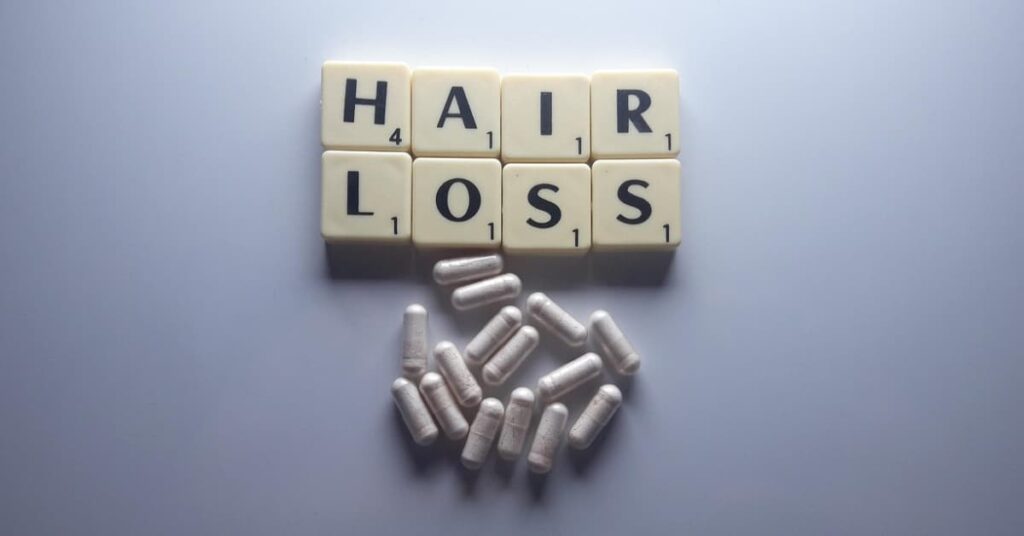
Minoxidil for women’s hair loss
It can prevent further hair loss and assist in hair regrowth. It works by expanding or increasing blood flow or blood movement to the hair follicles on the scalp, which stops hair cell death & also enhances new hair growth. It is most effective or successful for baldness or thinning at the top of the scalp, but is little effective at the front or receding hairline.
Minoxidil is the gold standard over-the-counter (OTC) treatment for hair loss in women, specifically for Female Pattern Hair Loss (FPHL), also known as female androgenetic alopecia. It is the only topical medication for this condition that is approved by the U.S. Food and Drug Administration (FDA).
Here is a comprehensive overview of minoxidil for women’s hair growth:
1. Recommended Strengths & Dosages
Minoxidil is available in two main topical concentrations for women, with the foam generally being preferred for better results and tolerance.
Formulation Concentration Recommended Dosage Key Efficacy/Tolerance
Foam 5% Once Daily (e.g., at night) Best Balance: It is more effective than the 2% solution and causes less scalp irritation because it is usually free of propylene glycol.
Solution (Liquid) 2% Twice Daily Traditional strength; lower risk of unwanted facial hair.
Dermatologist’s Consensus: The 5% Minoxidil Foam, used once daily, is often suggested as the most effective and convenient option to maximize patient consistency.
2. How it (Minoxidil) Works
Minoxidil is a vasodilator(Blood vessel dilator) that promotes hair growth through several mechanisms:
- Increased Blood Flow: It widens blood vessels in the scalp, improving the release of oxygen & nutrients to the hair follicles.
- Prolonged Growth Phase (Anagen): It shortens the resting (telogen) phase and lengthens the growing (anagen) phase of the hair cycle.
- Follicle Enlargement: It can reverse the miniaturization of hair follicles caused by hereditary hair loss, leading to thicker, fuller hair strands.
3. Expected Results Timeline
- Initial Shedding (Weeks 2–8): A temporary increase in hair shedding is standard as the medication forces resting hairs out to make way for new, healthier growth. Do not stop treatment; this is a sign it is working.
- First Visible Results (Months 4–6): Noticeable new hair growth, which may start as soft, “peach fuzz,” will begin to appear.
- Maximum Results (Month 12+): The full benefits—stabilization of hair loss and increased hair density—are typically seen after a year of continuous, daily use.
4. Long-Term Commitment
Minoxidil is not a cure for hereditary hair loss. The hair follicles will remain dependent on the drug. If you stop using minoxidil, the benefits will reverse, and you will likely lose the regrown hair within a few months, returning to your previous level of hair loss.
Before starting minoxidil, consult a dermatologist or other healthcare professional to confirm your diagnosis and determine the safest and most effective treatment plan.
Conclusion
Minoxidil applied to the scalp stimulates hair growth in adult men and women with a specific type of baldness. The exact way that this medication works is unknown.
If hair growth is going to occur with minoxidil, it normally occurs after the medicine has been used for several months or weeks and lasts only as long as the medicine continues or pursue to be used. Hair loss will start or begin again within a few months or weeks after minoxidil treatment is stopped.

